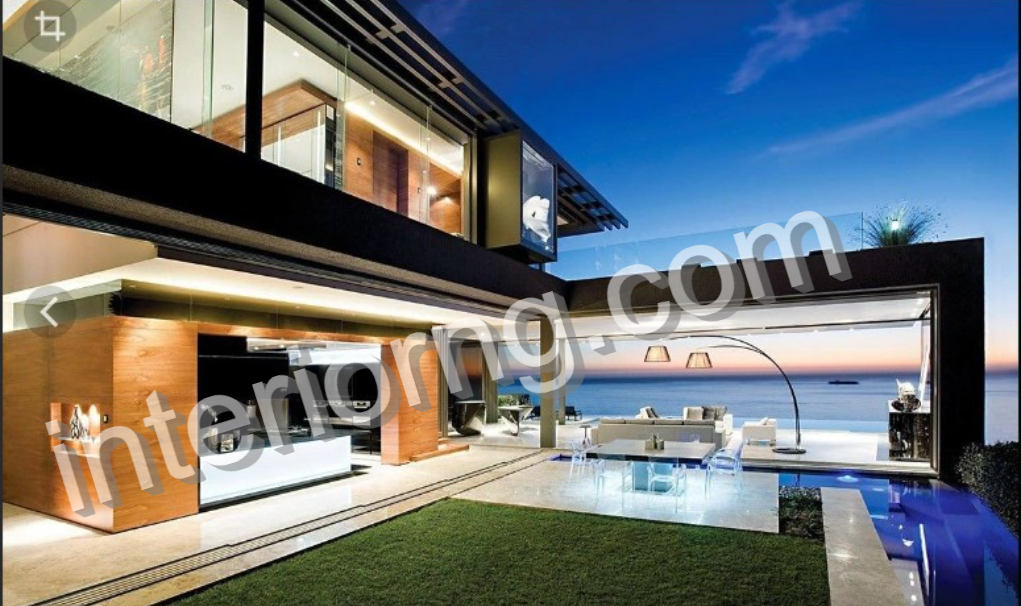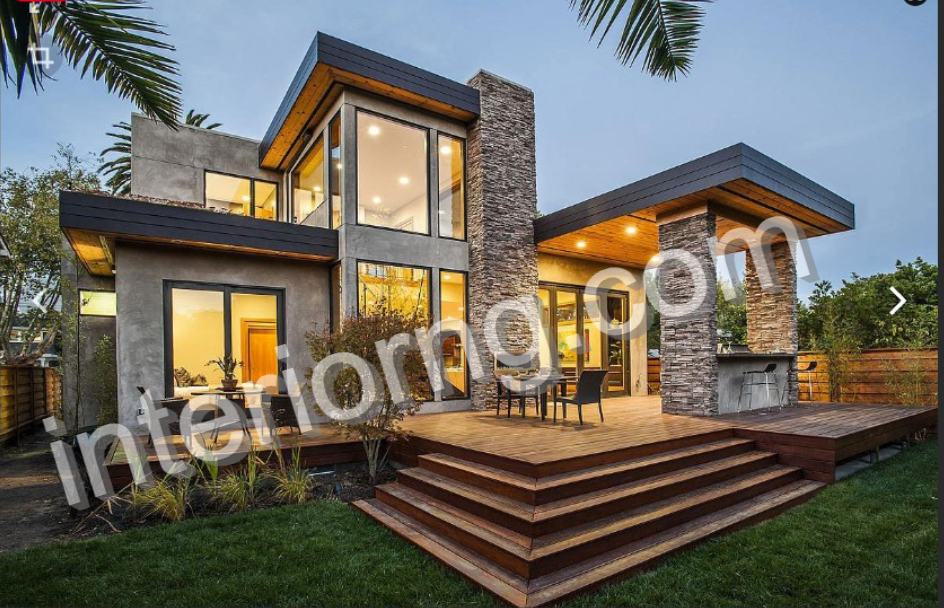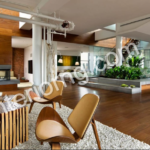Interior and Exterior Design are two essential components of creating a cohesive, beautiful, and functional living space.
Both interior and exterior design require a keen eye for detail, an understanding of space, and an ability to blend practicality with aesthetics.
In this blog post, we’ll explore what interior and exterior design is, how they differ, and the importance of each in creating a harmonious and inviting living space.
SEE ALSO: Tips on Real Estate Investment: How does Real Estate Investment Work
What is Interior Design-Transforming Living Spaces
Interior design is the art and science of enhancing the interior of a building to achieve a healthier and more aesthetically pleasing environment for the people using the space.
It involves the arrangement of furniture, fixtures, and decor in a way that makes the most efficient use of the available space.
The goal of interior design is to create a functional and visually appealing space that meets the needs of the people using it.
Interior designers work closely with clients to understand their needs and preferences, as well as the intended use of the space.
They consider factors such as lighting, color, texture, and space planning to create a cohesive design that meets both aesthetic and practical requirements.
They must also be knowledgeable about building codes and regulations and work within the constraints of the space to create a safe and functional environment.
SEE ALSO: Full-Service Interior Design: Make a Living as an Interior Designer
Some key Elements of Interior Design Include:
- Space planning: Interior designers consider the flow and layout of a space to ensure it is functional and easy to navigate. They may use tools such as floor plans and 3D models to visualize the space and plan the placement of furniture and fixtures.
- Color and texture: Color and texture play a significant role in interior design. Designers use a range of colors and textures to create depth and interest in a space, and to evoke different emotions or moods.
- Lighting: Lighting is crucial in interior design, as it can affect the mood of a space and highlight specific features. Designers may use a combination of natural and artificial lighting to create a warm and inviting atmosphere.
- Furniture and décor: Interior designers choose furniture, fixtures, and décor that complement the overall design aesthetic and meet the functional needs of the space. They may select items such as sofas, chairs, rugs, and artwork.

What is Exterior Design?
Exterior design is the process of designing the outside of a building, including the facade, landscaping, and outdoor spaces. It involves creating a cohesive design that complements the architecture of the building and enhances its overall appearance.
The goal of exterior design is to create a visually appealing and functional space that meets the needs of the people using it.
Exterior designers consider a range of factors when creating a design, including the climate, topography, and natural surroundings.
They must also work within the constraints of the building’s architecture and consider the materials and colors used in the construction.
SEE ALSO: Interior Design CRM: What is the best CRM for Interior Designers to use
Some key elements of exterior design include:
- Facade design: The facade is the most visible part of a building, and the design must complement the architecture and enhance its overall appearance. Exterior designers consider factors such as color, texture, and material to create a cohesive and visually appealing design.
- Landscaping: Landscaping plays a significant role in exterior design, as it can enhance the natural surroundings and create a functional outdoor space. Exterior designers may incorporate features such as gardens, patios, and outdoor seating areas.
- Lighting: Exterior lighting can highlight the architecture of a building and enhance its overall appearance. Designers may use a range of lighting techniques, including up lighting, down lighting, and accent lighting, to create a warm and inviting atmosphere.
- Materials and finishes: Exterior designers choose materials and finishes that complement the architecture of the building and withstand the climate and natural surroundings. They may use materials such as wood, stone, and metal to create a cohesive design that enhances the building’s appearance.
The Importance of Interior and Exterior Design
Both interior and exterior design are essential in creating a harmonious and inviting living space. They not only enhance the aesthetic appeal of a building but also improve its functionality and usability. Here are some reasons why interior and exterior design are important:
- Enhance the Overall Appearance: Both interior and exterior design play a significant role in enhancing the overall appearance of a building. A well-designed interior and exterior can significantly increase the value of a property, making it more appealing to potential buyers or renters.
- Improve Functionality: Good interior and exterior design can improve the functionality of a building. Interior designers consider the flow and layout of a space, ensuring that it meets the needs of the people using it. Exterior designers consider factors such as landscaping and outdoor spaces, creating functional areas that can be used for a range of activities.
- Increase Comfort: A well-designed interior and exterior can increase comfort levels for those using the space. Interior designers consider factors such as lighting, color, and texture to create a warm and inviting atmosphere. Exterior designers may incorporate features such as outdoor seating areas or landscaping to create a comfortable and inviting outdoor space.
- Reflect the Brand: Good interior and exterior design can help to reflect the brand or identity of a business or organization. For example, a modern and minimalistic design may be used for a technology company, while a more traditional design may be used for a law firm.
- Create a Cohesive Design: A cohesive design is essential for creating a harmonious living space. A well-designed interior and exterior should work together seamlessly, with the design elements complementing each other and creating a cohesive overall aesthetic.
Conclusion:
In conclusion, interior and exterior design are essential components of creating a cohesive and inviting living space. They involve a range of factors, including space planning, color, texture, lighting, and material selection. Good interior and exterior design can enhance the overall appearance of a building, improve its functionality and usability, increase comfort levels, reflect the brand or identity of a business, and create a cohesive design that brings everything together. When done right, interior and exterior design can transform a space into a beautiful and functional living environment that meets the needs of those using it.
SEE ALSO: Interior Designer Lafayette LA: From Luxurious and Timeless to Unique and Eclectic




